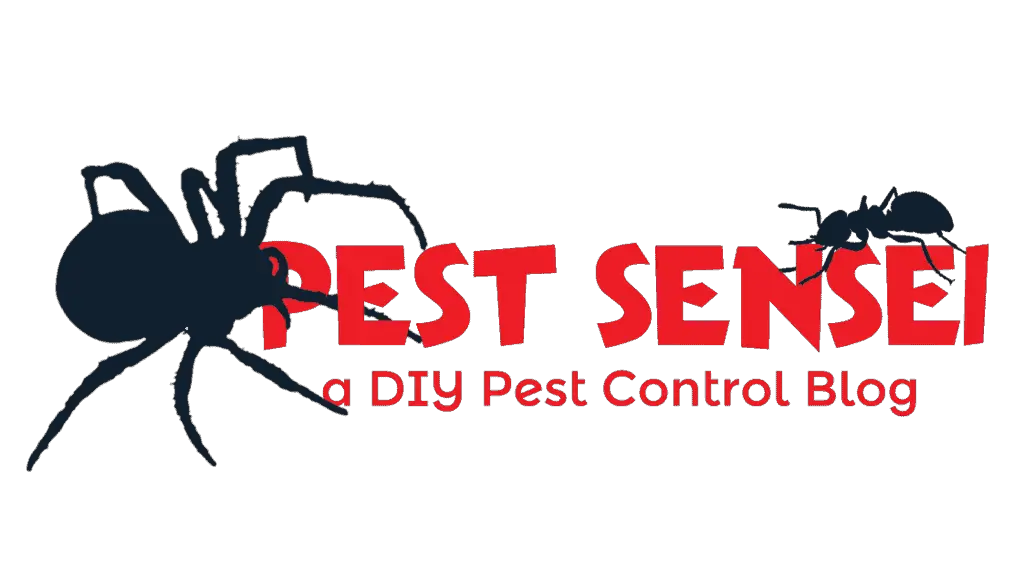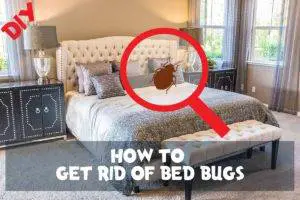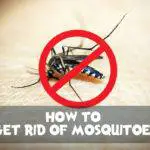Get rid of bed bugs at home with effective DIY treatments that are safe for your family and pets. Learn how to identify and prevent bed bugs in this comprehensive guide.
Bed bugs are a major concern for homeowners, causing significant discomfort and anxiety. If you suspect a bed bug infestation, it is crucial to take immediate action. In this blog post, we will explore effective do-it-yourself (DIY) treatments for bed bugs and provide tips on preventing their return.
To begin, let’s familiarize ourselves with bed bugs.
Introduction to Bed Bugs

Bed bugs are parasitic insects that solely feed on human blood. Fortunately, they are not known to transmit any diseases.
As their name suggests, bed bugs are commonly found in and around beds, where we sleep. Their proximity to the bed allows them to detect us through body heat, odor, and even carbon dioxide emitted during sleep. This is when they emerge to feed on our blood.
In addition to their elusive nature, which makes them difficult to detect, bed bugs are tiny creatures. Adult bed bugs measure a mere 5 mm in length and have a flattened, brownish body without wings.
If left unchecked, a bed bug infestation can rapidly escalate and severely disrupt sleep. A female bed bug, after mating once, can lay hundreds of eggs during her lifetime.
Pests Commonly Mistaken for Bed Bugs
It is essential to distinguish bed bugs from other pests, as mistaking them can lead to unnecessary panic and distress. Some creatures often confused with bed bugs include cockroach nymphs, ticks, and carpet beetles. Although they are all pests, the methods for treating them differ. Therefore, proper identification is crucial before implementing any control measures.
Refer to the pictures and table below to understand the differences between those pests.
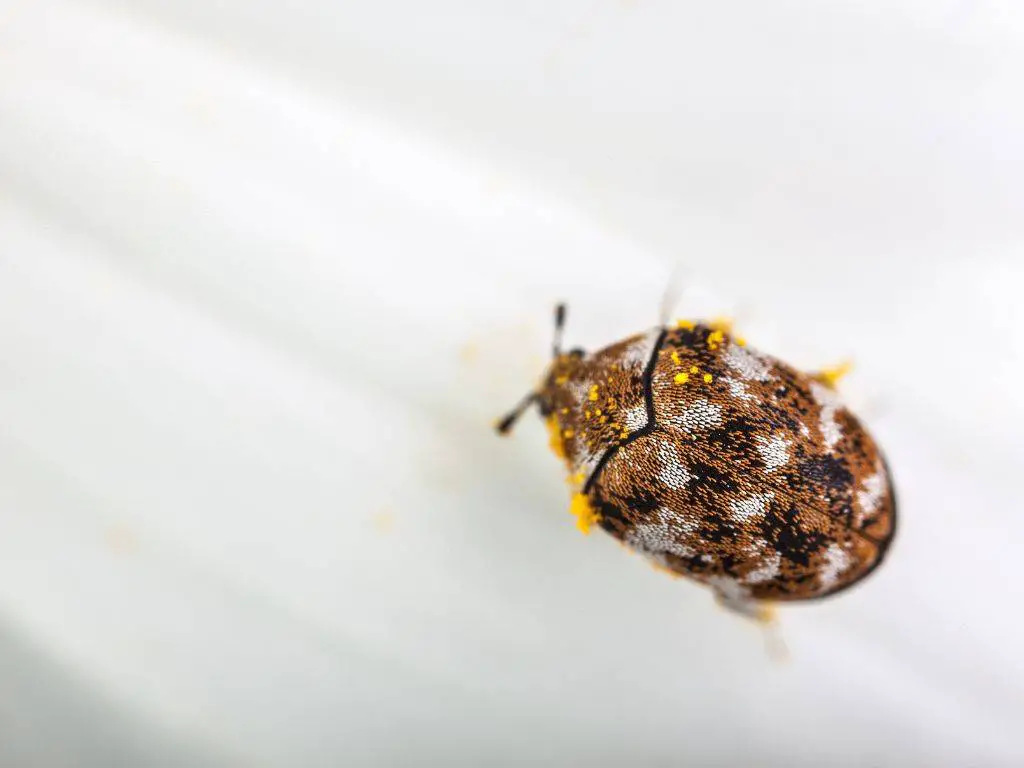
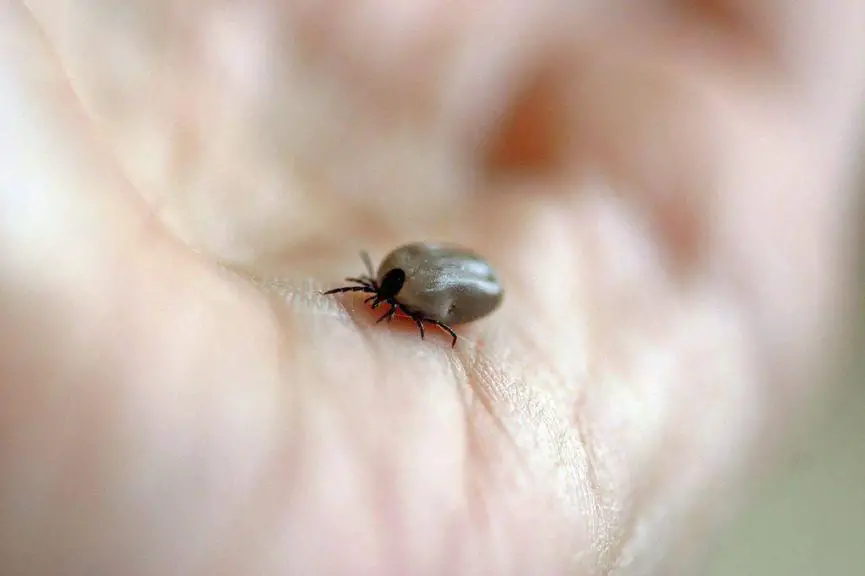
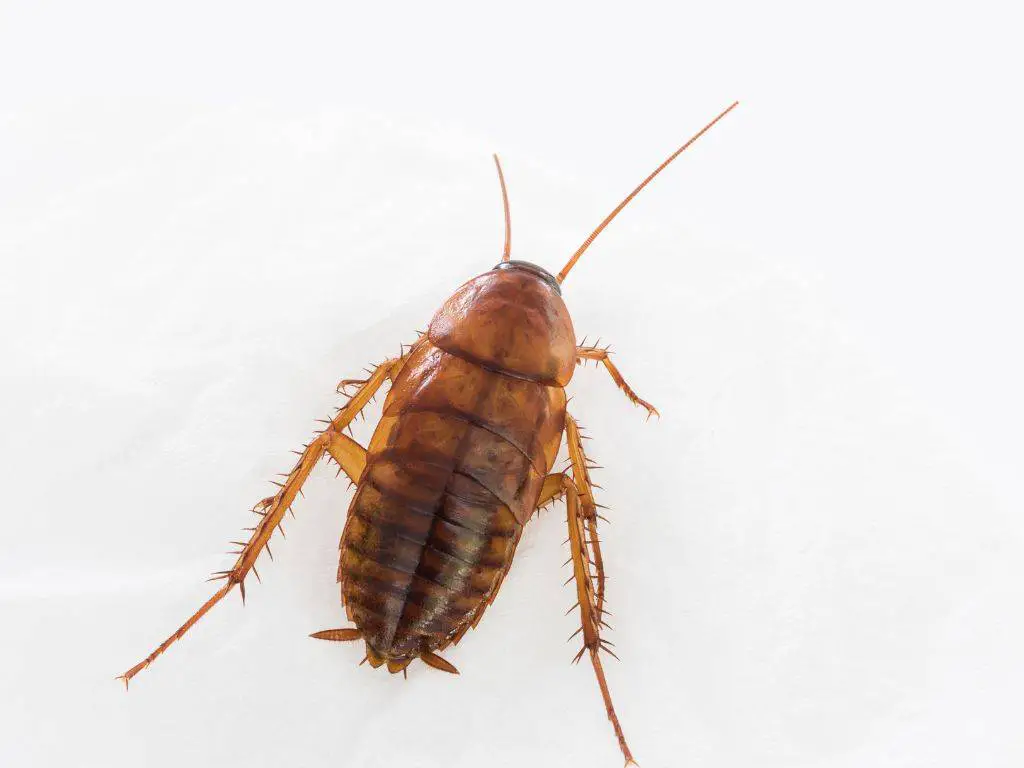
| Characteristics | Bed Bugs | Cockroach Nymphs | Ticks | Adult Carpet Beetles |
|---|---|---|---|---|
| Legs | 6 | 6 | 8 | 6 |
| Wings | No | No | No | Shell-like front wings |
| Antennae | Short | Long | Short | Short |
| Bite for blood | Yes | No | Yes | No |
| Found on bed | Yes | Unlikely | Unlikely | Yes |
How to Find Bed Bugs?
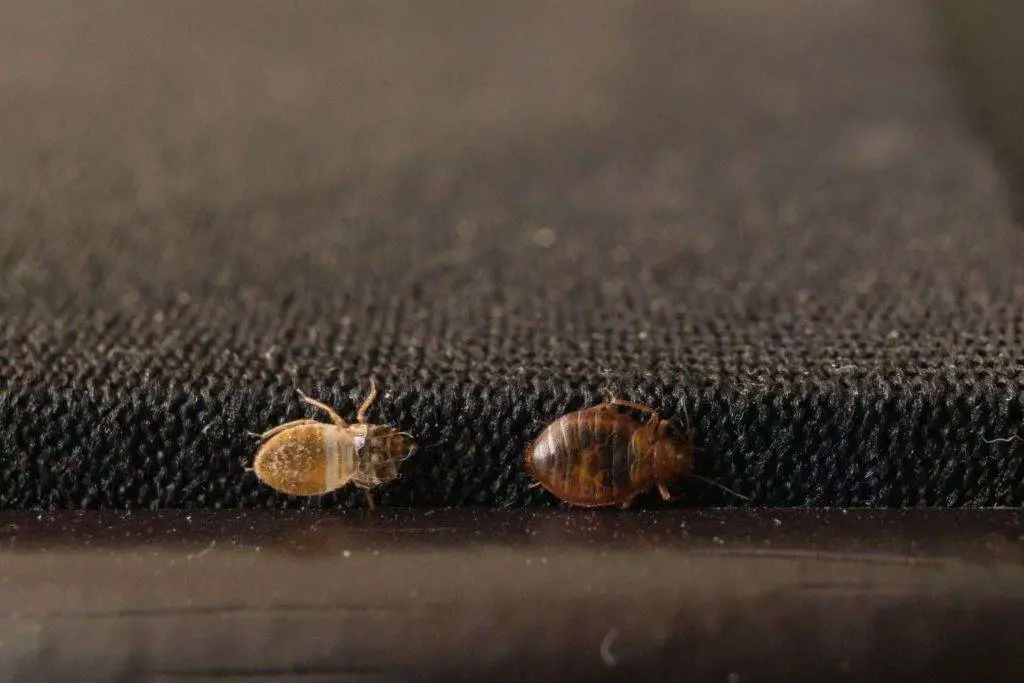
Finding bed bugs can be a challenging task due to their small size and elusive behavior. These pests tend to hide in hard-to-reach areas known as bed bug hotspots. To aid in your search, use a flashlight to thoroughly examine these hotspots.
Some common bed bug hotspots include:
- Mattress seams
- Pillows
- Headboards
- Box springs
- Baseboards
- Curtains
- Wallpaper and hanging photos
- Cracks and crevices
- Upholstery
- Carpets
Next, we’ll look at the five signs that indicate a bed bug infestation.
Identifying Bed Bug Infestation at Home
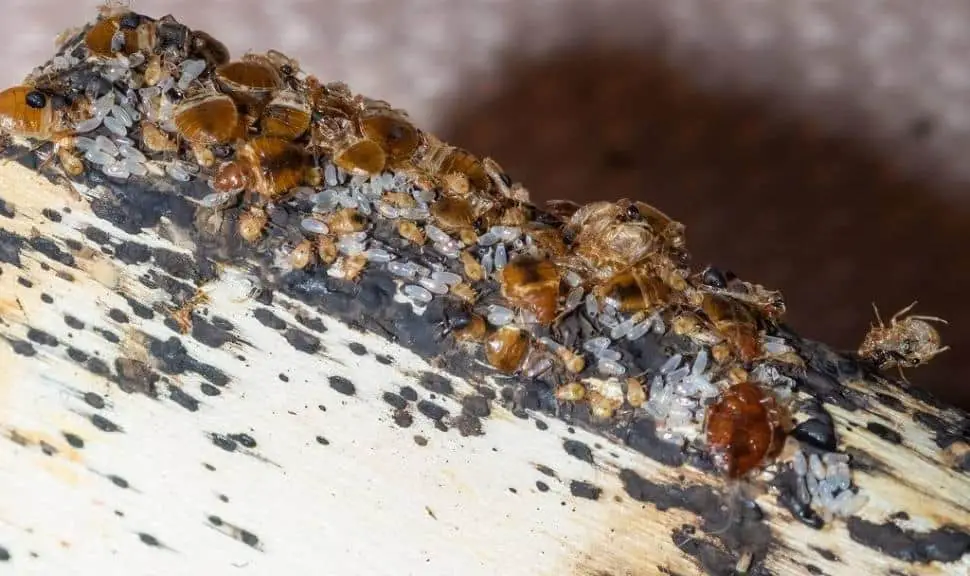
Being bitten at night doesn’t mean there are bed bugs. Instead, you should be looking for 5 signs of bed bug infestation as listed below:
- Live or dead bed bugs.
If you spot a bed bug, it’s evident that you have a bed bug problem that needs attention. - Fecal spots on bedding.
Bed bugs leave small, dark spots of blood on bedding, mattresses, and other fabrics. On white bedding, they are especially conspicuous. This is one of the most easily detected signs of a bed bug infestation. - Cast skins of bed bugs.
As bed bugs grow, they shed their exoskeletons. You can often find these discarded skins behind the headboard. - Blood stains on bedding.
Occasionally, we may unknowingly crush a blood-engorged bed bug while sleeping, resulting in blood stains on our bedding. However, blood stains can also be caused by other blood-sucking pests like mosquitoes. Therefore, this is a less reliable indicator of a bed bug infestation. - Musky odor.
In severe infestations, bed bugs can cause a musty odor. This odor tends to be most noticeable in areas where bed bugs are highly active. However, it’s worth noting that the presence of this odor alone is not a reliable sign, as it depends on the number of bed bugs present. Ideally, you should address the issue before it becomes detectable by smell.
By being vigilant and observing these signs, you can effectively identify a bed bug infestation in your home.
7 Effective DIY Methods to Eliminate Bed Bugs
Dealing with bed bugs can be a challenging task. However, you can effectively get rid of them for good by following these seven DIY methods. Remember, it is crucial to combine multiple methods for optimal results, rather than relying on just one approach. Additionally, repeated treatments are often necessary to completely eliminate bed bugs from your home.
Vacuuming
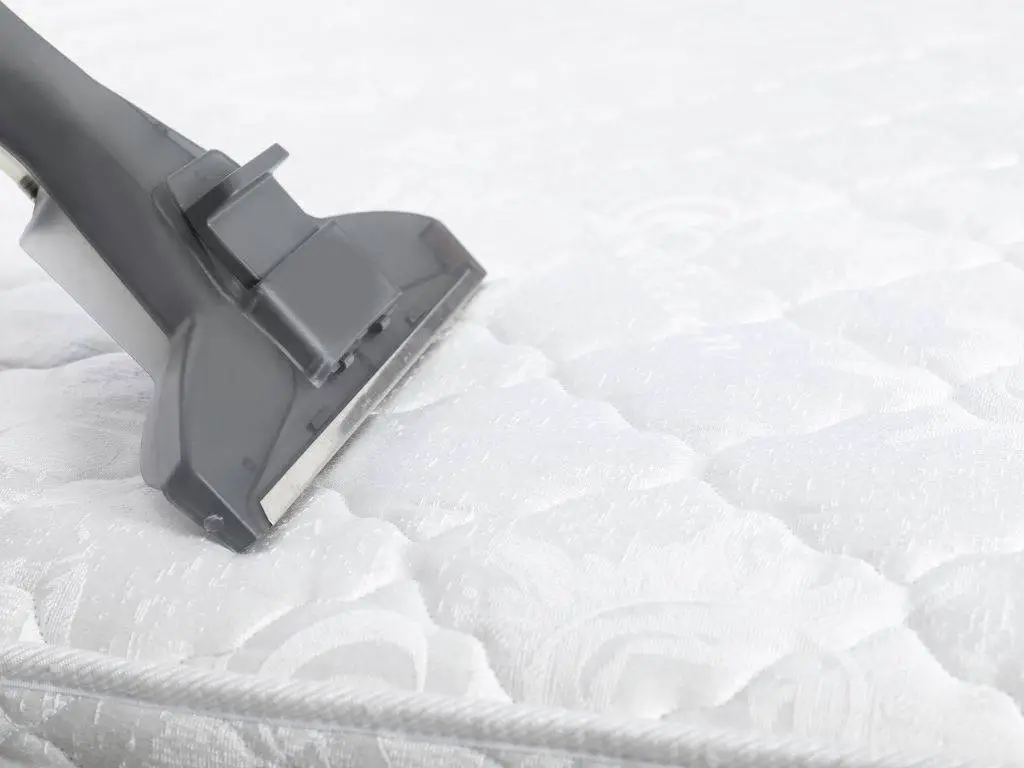
Vacuuming plays a vital role in any bed bug treatment plan as it physically removes these pests from your living space. Ensure that you thoroughly vacuum all bed bug hotspots, including your mattress, box spring, furniture, and carpets.
Use a vacuum with a narrow hose and a HEPA filter. A HEPA filter prevents the release of small bed bug particles into the air, which can cause allergic reactions in some individuals.
Avoid using a brush attachment, as bed bugs may become trapped and escape. Slowly vacuum the areas where bed bugs are suspected or known to hide, such as mattress seams, pillows, headboards, box springs, baseboard joints, and upholstered furniture. Be patient and ensure the bed bugs are effectively suctioned into the vacuum.
After vacuuming, carefully check and clean the hose to eliminate any lingering bed bugs or their tiny eggs.
Once you have vacuumed, the bed bugs will be present in your vacuum bin. To kill them, add diatomaceous earth such as JT Eaten Kills Bedbugs to the bin. This will desiccate the bed bugs. Remember, the bed bugs must come into direct contact with the diatomaceous earth to be effectively killed. A little shaking can assist in the process.
Double-bag the bed bugs, and securely seal the bags before disposing of them, in case any of the bed bugs have survived.
While vacuuming is a safe method, it may not effectively remove bed bug eggs, as they are firmly glued to surfaces. Since bed bug eggs typically hatch within one to two weeks, it is important to repeat the vacuuming process weekly for three weeks to eliminate newly hatched bed bugs.
For best results, complement vacuuming with other treatments outlined in this guide to resolve your bed bug issue effectively.
Heat-treat the Clothes and Blankets

As a preliminary step before treating your rooms, you should heat-treat your blankets, mattress cover, pillow covers, and clothes. Place them in a hot laundry cycle at a temperature of 140 °F or higher for a minimum of 30 minutes. This will effectively kill any bed bugs and eggs that may be present.
Keep in mind that certain materials may not tolerate high heat.
Keep the heat-treated items in covered boxes or sealed bags within an uninfested room until the infestation is completely cleared.
Sprinkle Diatomaceous Earth
Diatomaceous earth is a naturally occurring, non-toxic substance that has proven to be safe and effective in eliminating bed bugs. It works by damaging the exoskeleton of bed bugs upon contact, leading to excessive water loss and, ultimately, their demise. This mechanism even works on bed bugs that have developed resistance to traditional insecticides.
Diatomaceous earth is suitable for use on surfaces that are sensitive to water, such as electrical sockets and painted areas where bed bugs may hide. It can also be applied to cracks, crevices, and gaps in wooden parquet flooring.
When using diatomaceous earth, ensure that you select a product specifically formulated for treating bed bugs. The particles should be small enough to be effective, and the product should not have undergone heat treatment (calcination). Look for options registered with the EPA, such as JT Eaton KILLS Bedbugs Powder.
After the bed bug infestation has been resolved, remember to vacuum any remaining diatomaceous earth powders thoroughly. This will help to ensure a clean and pest-free environment.
By following these methods, you can take significant steps towards eliminating bed bugs from your home effectively and safely.
Use Green Bed Bug Sprays
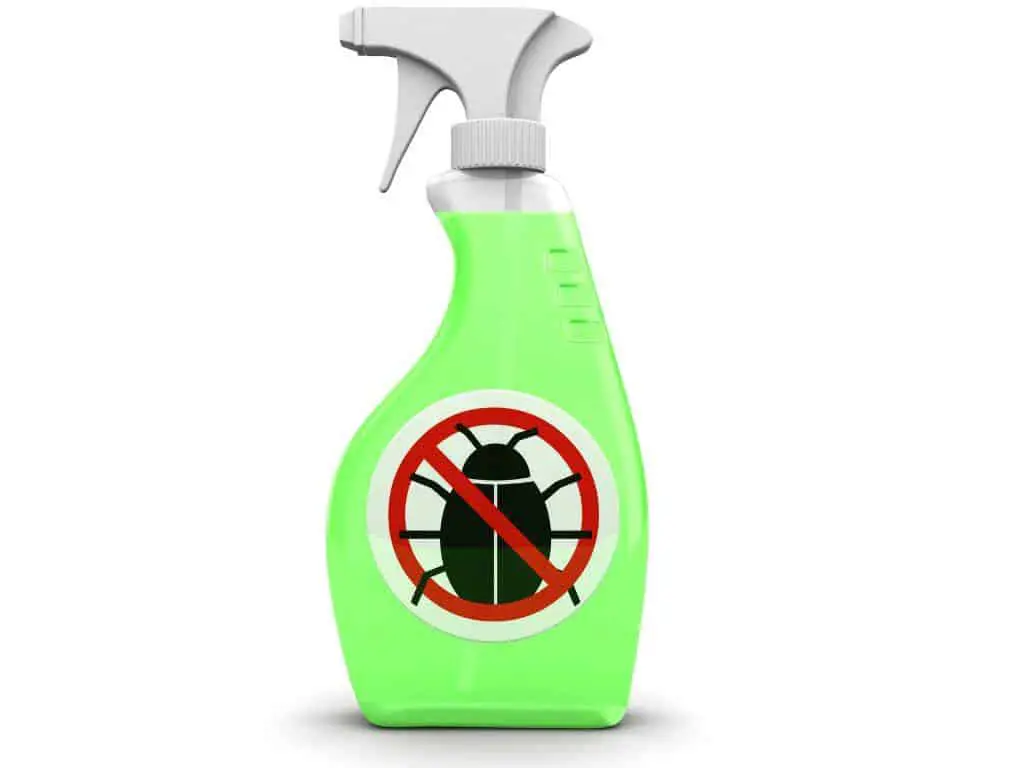
When it comes to eliminating bed bugs, green bed bug spray products like Nature-Cide can be highly effective. Nature-Cide utilizes natural ingredients such as clove oil and cottonseed oil to eradicate bed bugs without the use of harmful chemicals.
This eco-friendly option is ideal for individuals who prioritize their health and prefer organic products. Moreover, Nature-Cide is safe for use around children and pets, providing peace of mind while maintaining a pest-free home.
Apply the spray to areas where bed bugs are present or likely to be found, paying close attention to the headboard, baseboard, photo frames, carpet edges, and cracks and crevices.
Try to spray onto the bed bugs and their eggs directly. While not all green products are capable of killing bed bug eggs, Nature-Cide is effective in eliminating them. Avoid spraying near electrical appliances and power outlets.
Keep in mind that some bed bugs and their eggs may be hidden in inaccessible areas, making them unreachable by the spray. To ensure thorough elimination, repeat the treatment every week for three weeks. This will help to guarantee the eradication of any remaining bed bugs.
Utilize Anti-Bed Bug Mattress and Pillow Covers
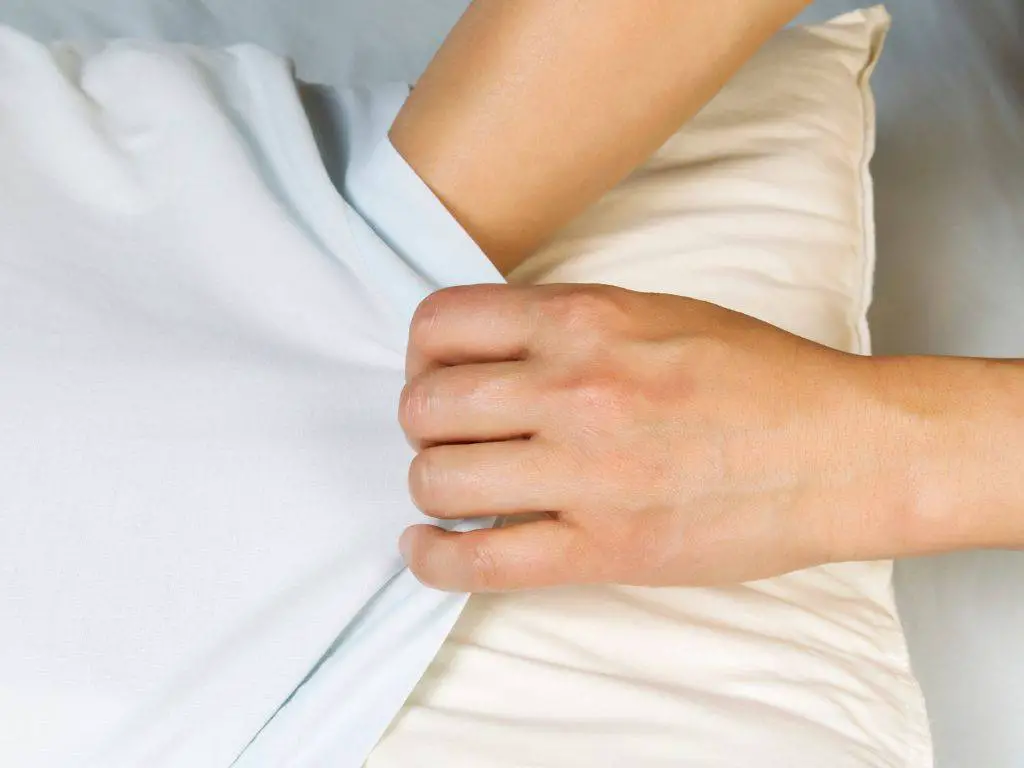
Using mattress and pillow covers specifically designed to prevent bed bug infestations is another effective approach. These covers are equipped with a zipper, allowing you to encase infested mattresses or pillows. By doing so, newly hatched bed bugs will be deprived of access to you for blood meals, ultimately leading to their starvation over time. Furthermore, these covers serve as a barrier, preventing bed bugs from hiding inside your mattress and pillows.
Investing in anti-bed bug mattress and pillow covers provides an additional layer of protection against these pests and helps to maintain a clean and bed bug-free sleeping environment.
Set up Bed Bug Traps
Utilizing bed bug traps is a proactive method to catch and monitor bed bugs. These traps should be strategically placed in areas where bed bugs are likely to be found, such as near your bed or furniture. It’s important to note that while bed bug traps can be effective, they should not be relied upon as a sole solution for eradication.
There are various types of bed bug traps available on the market. I recommend using the good-old pitfall trap. These traps feature a smooth inner surface that prevents bed bugs from climbing out once they have fallen in. Position the traps under the legs of your bed frame or chairs. Regularly check the traps and dispose of any bed bugs that you discover.
However, it’s worth mentioning that the traditional unbaited pitfall traps may not be suitable for modern bed frames and sofas, as they often lack long legs that can accommodate such traps.
Another option is using baited traps, such as Nattaro bed bug traps. These traps combine a pitfall design with a refillable lure that remains effective for four weeks. Simply place the baited traps in your room and monitor them regularly. For optimal results, consider temporarily vacating the room to minimize any competition between the traps and human presence.
Both trap types are effective for capturing Cimex lectularius, the most commonly encountered bed bug species in North America. However, they may not work as effectively for Cimex hemipterus, which is found in warmer regions like Florida, as they possess sticky pads on their legs that enable them to climb smooth surfaces and escape from pitfall traps.
Dispose of Severely Infested Furniture
In general, it is unnecessary to dispose of infested furniture unless the infestation is severe or the furniture is challenging to treat (e.g., torn mattresses or sofas with deep hiding places for bed bugs).
If you choose to dispose of infested furniture, it is important to take responsible steps. First, eliminate as many bed bugs on the furniture as possible. Encase the infested furniture in heavy-duty garbage bags clearly labeled with the words “bed bugs.” Alternatively, consider severing the cushion or padding of the furniture with a knife to prevent others from unknowingly taking it home.
By following these precautions, you can help prevent the spread of bed bugs.
How did I Get Bed Bugs at Home?
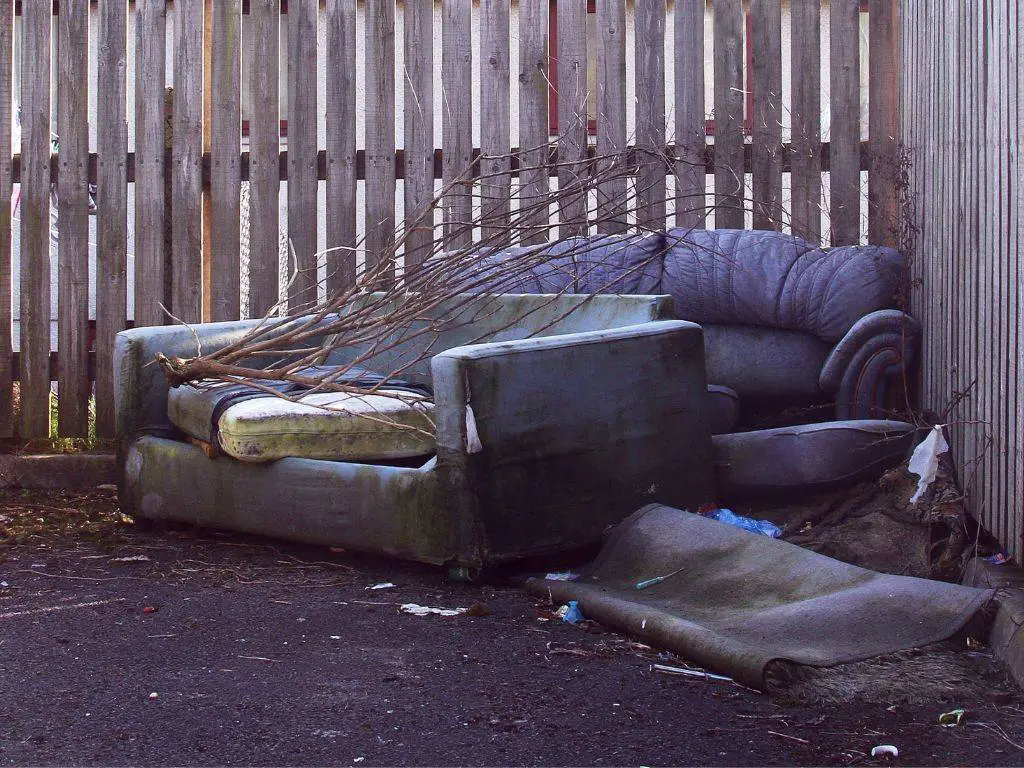
One of the frequently asked questions I receive from customers is, “How did bed bugs end up in my home?” or “Where did they come from?”
Contrary to popular belief, the presence of bed bugs is not determined by the cleanliness or tidiness of your living environment. Bed bugs do not feed on dirt or decaying organic matter, and they do not thrive in unclean surroundings.
In reality, bed bugs have entered your house because either you or a family member inadvertently brought them in.
For instance, when you go on vacation and stay in hotels infested with bed bugs, they can unknowingly hitch a ride back with you. These tiny pests can cling to your luggage or clothing, using you as a means of transportation.
It’s important to note that locations such as hospitals, dormitories, and elderly care homes can also be susceptible to bed bug infestations. If you have stayed in any place with bed bugs, there is a risk of bringing them home.
While less common, cinemas can also be a source of bed bug infestations. The dim lighting and stationary position of moviegoers provide an ideal environment for bed bugs to feed without disturbance.
Another common pathway for bed bug infestations is through infested second-hand furniture, particularly mattresses and sofas.
By understanding these potential sources of bed bug infestations, you can take precautionary measures to minimize the risk of bringing them into your home.
Preventing Bed Bugs
While it may not be possible to completely prevent bed bugs, there are steps you can take to minimize the risk of infestation. The following preventive measures can significantly reduce the likelihood of infestation and help you detect and address any issues at an early stage.
Stay Vigilant when Traveling
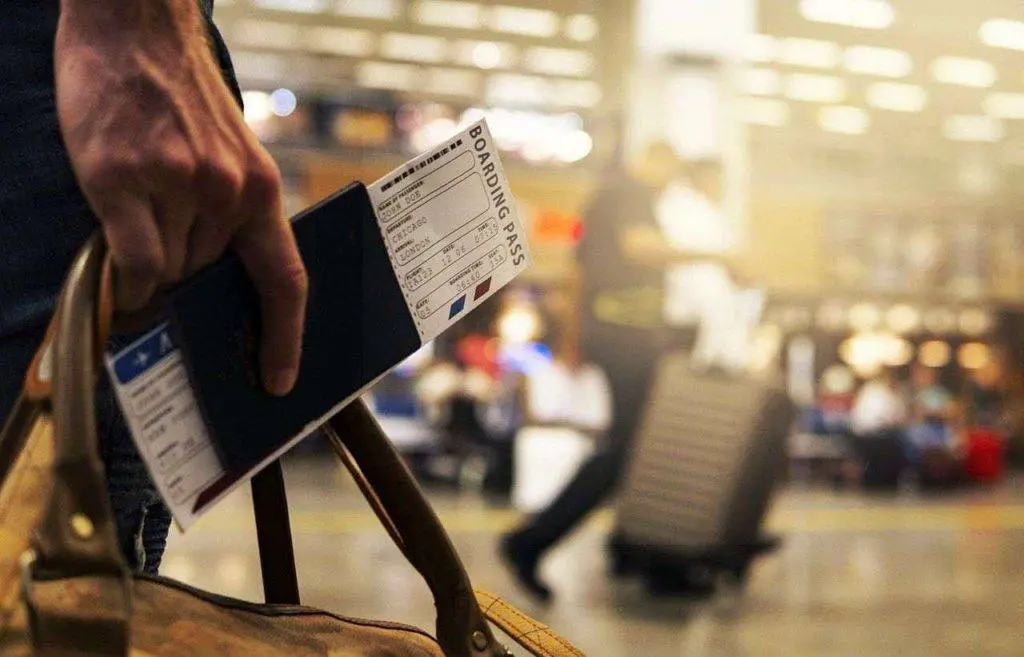
Bed bugs are frequently brought into homes through travel. When staying in accommodations, I recommend keeping your clothing inside your luggage instead of placing them in drawers or closets. Ensure your luggage remains zipped at all times to prevent bed bugs from entering. Use separate bags to store used clothes and seal them tightly.
If you experience bed bug bites during your stay, inform the host or owner. Before leaving, thoroughly inspect both the interior and exterior of your luggage to ensure you are not bringing any bed bugs back home. Choosing brightly colored luggage can make it easier to spot these pests.
Upon returning home, check your luggage again for any signs of bed bugs. Taking precautionary measures is always wise. If possible, wash your clothes at a temperature of 140 °F for 30 minutes or 131 °F for an hour to eliminate any bed bugs that may have infiltrated your clothing.
Avoid Second-hand Furniture
Bed bugs can hide in upholstered furniture. To reduce the risk, it is best to avoid purchasing second-hand mattresses, upholstered sofas, chairs, or stools, as the seller may be unaware of any bed bug infestation.
The same caution applies to discarded furniture that appears to be in good condition. People often dispose of heavily infested mattresses or sofas, so bringing them home carries the risk of introducing bed bugs into your living space.
Seal Cracks and Crevices
Cracks and crevices provide ideal hiding spots for bed bugs and other pests. Seal these openings with putty or apply caulking to fill gaps, such as those behind baseboards, to eliminate potential hiding places for bed bugs.
Opt for Bright-colored Bedding
Using bedding in bright colors, such as a mattress, bed frame, box spring, and headboard, can help you easily spot any signs of bed bugs. This enables you to take prompt action before an infestation worsens.
Use Anti-Bed Bug Mattress and Pillow Covers
Using zipped mattress and pillow covers reduce hiding places for bed bugs. That allows you to easily and quickly spot any bed bugs before the infestation escalates further.
Final Words
Dealing with a bed bug infestation can be a challenging task. To achieve success, it is crucial to adopt a comprehensive approach that includes risk management, early detection, and taking prompt action. If you find yourself facing a severe bed bug infestation that proves difficult to handle on your own, it is advisable to contact a Pest Management Professional. They have the expertise and resources to effectively address the issue. You can obtain a non-obligatory quote from local service providers on platforms like Networx.
Lastly, I sincerely hope that you have found this guide helpful in your battle against bed bugs. Thank you for taking the time to read it. If you have found the information valuable, I encourage you to share my blog with others who may benefit from it. Together, we can raise awareness and help more people combat bed bug infestations successfully.
Additional Information
What to do If I am Bitten by Bed Bugs?
If you have been bitten by bed bugs, it’s important to note that they are not known to transmit diseases. In most cases, the symptoms resulting from bed bug bites will subside within a few days, unless you experience an allergic reaction. However, it is crucial to address the underlying bed bug infestation promptly.
Can I Starve the Bed Bugs to Death?
Unfortunately, bed bugs have the ability to survive without feeding for extended periods of time. Adult bed bugs can go without a blood meal for close to a year, while nymphs can survive for several months. Attempting to starve bed bugs by vacating the room or house is not a reliable solution.
Are Bed Bug Repellent Spray Effective?
Products or sprays claiming to repel bed bugs when applied to bedding or in rooms have not been proven to be effective. It is advisable not to waste your time and money on such products.
Are there any Home Remedies to get Rid of Bed Bugs?
Regrettably, home remedies like citric acid, borax, bleach, vinegar, or pepper are not effective in eliminating bed bugs. Despite vinegar being a popular ingredient in various home remedies, it does not have the desired impact on bed bugs. While technically any chemical can kill bed bugs if the concentration and exposure time are high enough, home remedies are generally inefficient and ineffective. It is not recommended to rely on them and endure sleepless nights for no real solution.
Do You Recommend Steaming to Treat Bed Bugs?
Although steaming can be effective in treating bed bugs and their eggs, it is a labor-intensive and time-consuming process. Steaming requires meticulously treating every inch of your mattress, which can be challenging. Additionally, good-quality bed bug steamers can be quite expensive, while cheaper alternatives may not provide good results. As a DIY option, steaming may not be the most practical choice for most people.
Are Ultrasonic Devices Effective?
No, ultrasonic devices are not effective in treating bed bugs. These devices emit high-frequency sound waves that are intended to repel pests, but they have not been proven to be effective against bed bugs. It is advisable not to waste your time and money on ultrasonic devices when dealing with a bed bug infestation.
